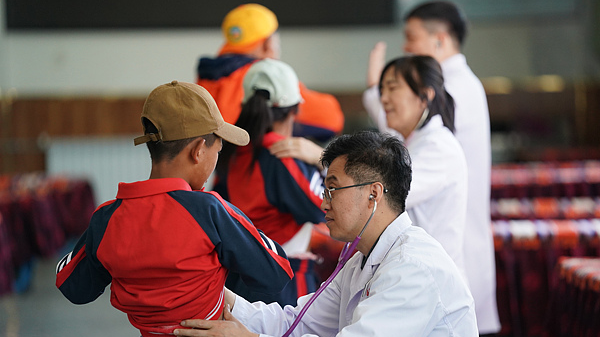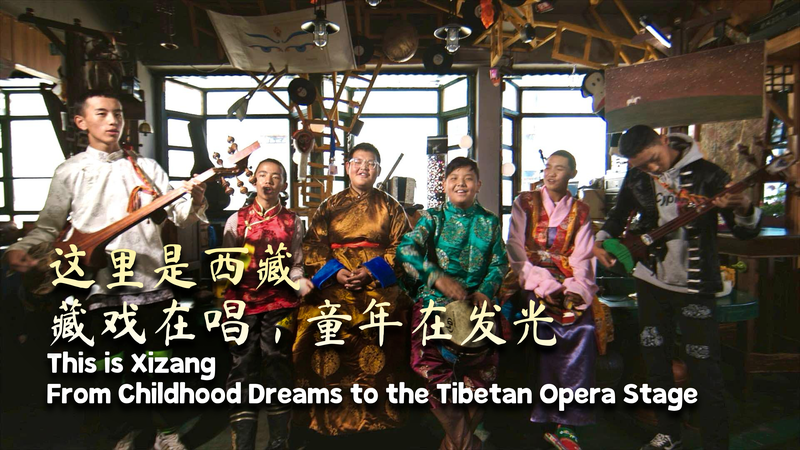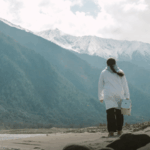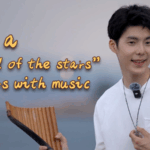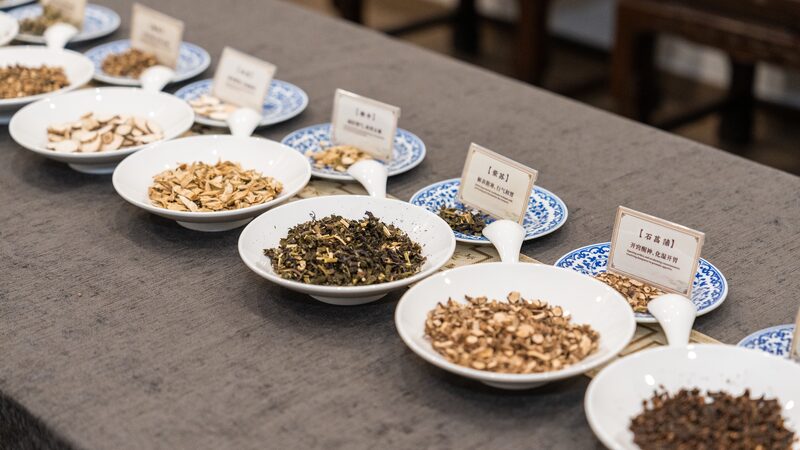In the snow-capped peaks of southwest China's Xizang Autonomous Region, Mikyi Tsomo – a guardian of Tibetan medicine – diagnoses patients using wisdom passed down through millennia. 🏔️ Her story mirrors Xizang's journey from limited healthcare access to becoming a model of integrated traditional and modern medicine.
A Childhood Fascination Blossoms
Mikyi Tsomo first encountered Tibetan medicine at age 5 when a traveling healer accurately diagnosed her illness with just a touch. 'Could magic be real?' she wondered. Today, as a regional inheritor of this 1,300-year-old practice (Sowa Rigpa), she answers that question daily through treatments blending ancient texts and modern research.
From Horseback to High-Tech
Since 1951, Xizang's healthcare has undergone a meteoric transformation:
- 📈 Hospital beds per 1,000 people doubled since 2012
- 🩺 94.4% of township clinics now offer Tibetan medicine
- 🌐 All public hospitals provide telemedicine services
National initiatives like the Healthy Xizang program have boosted health spending per capita from ¥25 ($3.40) to ¥115 ($15.70), with 80% funded by central government support.
Preserving Culture, Saving Lives
While 2,000+ medical experts from other provinces have helped modernize care since 2015, traditional practices remain central. Three Tibetan medicine masters now hold China's prestigious 'Master of Chinese Medicine' title, and historic prescriptions are being updated for contemporary use.
'Our ancestors' wisdom still works,' Mikyi Tsomo smiles, preparing herbal remedies in Lhasa. 'Now it walks hand-in-hand with MRI machines.'
Reference(s):
Six decades: How Xizang achieves rapid advances in healthcare
cgtn.com
